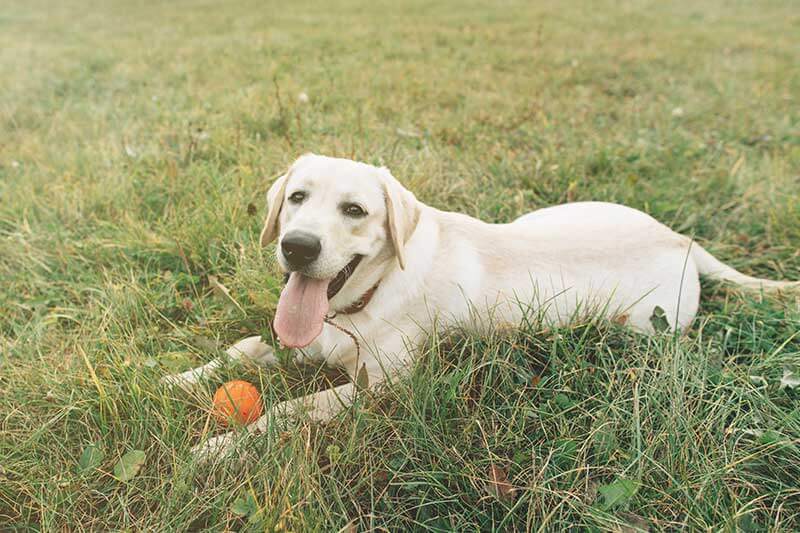
Assistance dogs that detect epileptic seizures
If you know a relative or someone close to you that suffers from epilepsy , there are trained dogs available to not only serve as companions to sufferers, but that are also able to detect when a seizure is about to start and help those who are suffering from one. Outlined below is the dogs´ training process and some foundations in Colombia that offer this type of training.
How do they detect seizures up to 10 minutes before they happen?
Not all dogs can do it, there are certain characteristics that allow a dog to detect some external signals like smell, changes in tone of voice or the behavior of the patient with epilepsy. This is thanks to an instinctive quality that alerts them even hours before an episode.
As well as detecting seizures before they start, these dogs help their owner recover from the confusion and disorientation that can result from these types of attacks.
Training
This type of training is very similar to the training given to assistance dogs for people with physical disabilities, but it is adapted to the specific needs and characteristics of patients with a tendency to have epileptic seizures.
Initiation
Assistance dog training begins when it is a puppy, with exercises that will be perfected over the next year that it will spend with its host family (walking down the street, obedience and skills at home, in public places, at work, on transport…)
Expert training
The bulk of the training must be done by an professional and is always positive training to ensure the animal has a good incentive (not because they are forced to do it). The trainer takes into account the dog´s needs and avoids high levels of stress that can be caused by the over repetition of exercises.
The dog must be trained to carry out one or several specific tasks:
Before the seizure: alert before an attack is about to start
During the seizure: provide support to the patient’s head
After the seizure: press alarm buttons, wake someone up, bring a telephone
Adaptation
Once trained, the dog must carry out adaptation exercises and practice everything it has learnt, together with the patient. The owner/patient will also have to be trained to understand their animal companion and reward it for successfully completing the exercises.
It is worth noting that upon receiving an assistance dog, it is going to need a carer who ensures it will be properly fed, washed, trained and given time to rest.
Where can you get an assistance dog?

Below, we have listed two websites that you can consult to find a service dog in your area:
Assistance Dogs International (ADI): Coalition of non-profit programs that train and place assistance dogs. Although ADI does not personally provide or train assistance dogs, you can search their accredited members to locate a program that may be able to train an assistance dog for you. See their webpage here
Epilepsy Foundation: A national non-profit organization with over 50 local organizations throughout the United States. Visit their Epilepsy & Seizures 24/7 Helpline Resources page to search for a organizations in your area that train service animals for individuals with seizures.
If you would like to receive more information about epilepsy and alternative complementary treatments, subscribe to our newsletter
